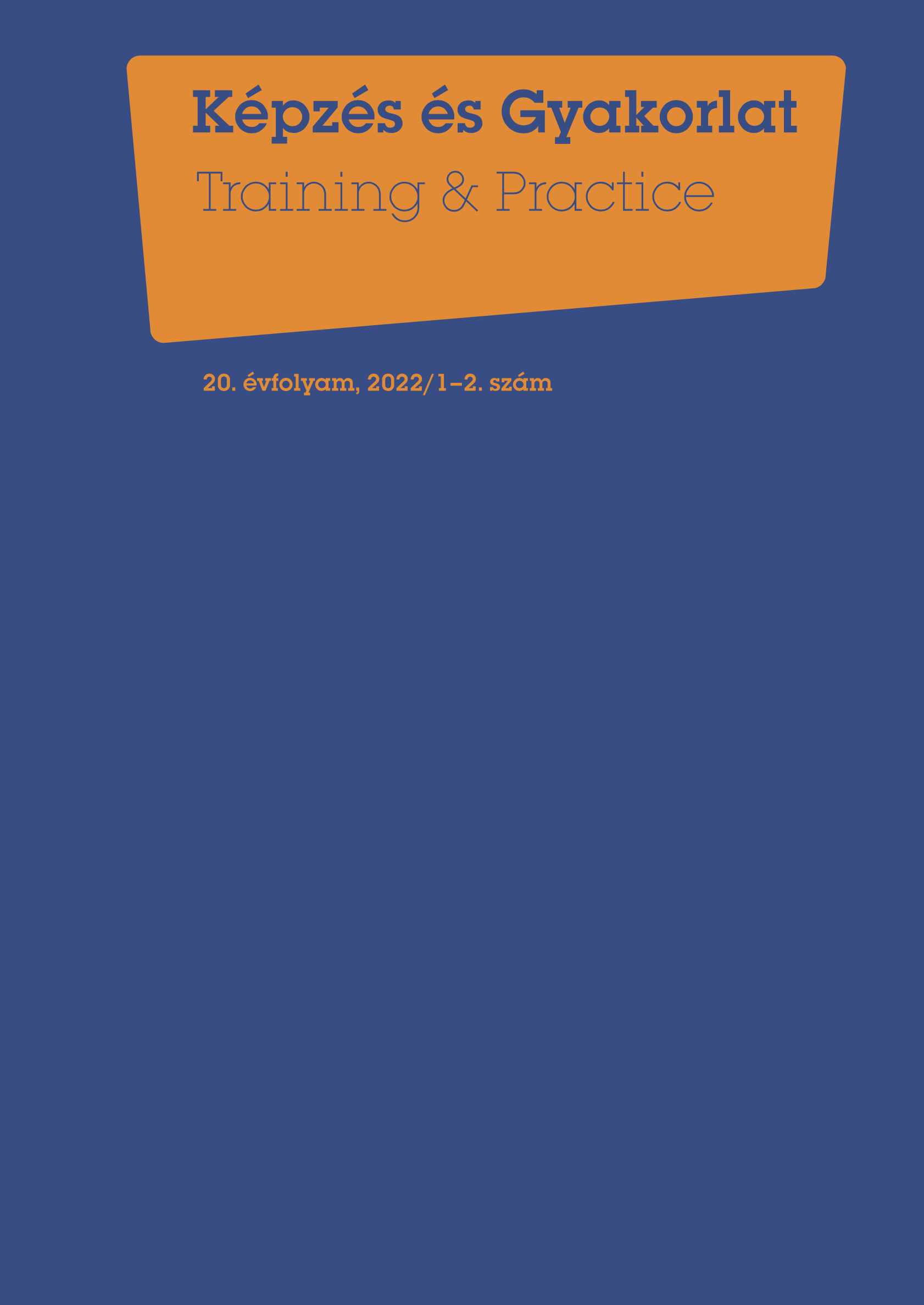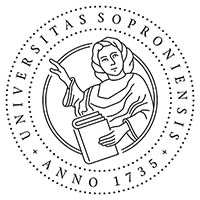Teaching Creative Musical Skills: Different Ways of Development in Instrumental Music Education
DOI:
https://doi.org/10.17165/TP.2022.1-2.8Abstract
Empirical research provides an opportunity to examine the methods that flute teachers use in music lessons. A questionnaire survey is used to investigate these methods. Research questions are the following: how widespread the use of music creation exercises and games is and how much flute teachers use these exercises in their teaching practice. The research was conducted using the online questionnaire builder Survio and the multivariate scaling method by SPSS to evaluate the results. We expected a low score for creative music creation because of the lack of time and of methodological knowledge. According to the results, there is a need for a different approach to music education based on creative improvisation methods. Finally, some important suggestions that can be incorporated into the daily work of music teachers will be discussed.
Literaturhinweise
Huszár Zs.(2009)“Az idő, illetve az idői struktúrák megjelenése az iskolai fogalmazásokban.” PhDdissertation,University of Pécs, Faculty of Humanities, Doctoral School of Linguistics, Applied Linguistics Programme. Available: forrás [Access: 15 February 2020]
Méhesné Berek Sz. (2016).“Logisztikai kontrolling, mint a vállalati logisztikai hatékonyságát növelő eszköz.”PhDDissertation, University of Debrecen, Faculty of Business Administration, Károly Ihrig Doctoral School of Business and Management. Available: forrás[Access: 28 September 2019]
Downloads
Veröffentlicht
Ausgabe
Rubrik
Lizenz
Copyright (c) 2022 Katalin Horváth

Dieses Werk steht unter der Lizenz Creative Commons Namensnennung - Nicht-kommerziell - Keine Bearbeitungen 4.0 International.








